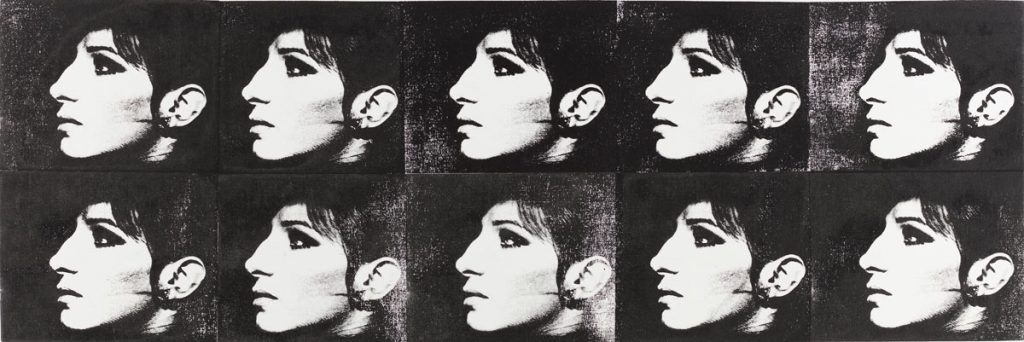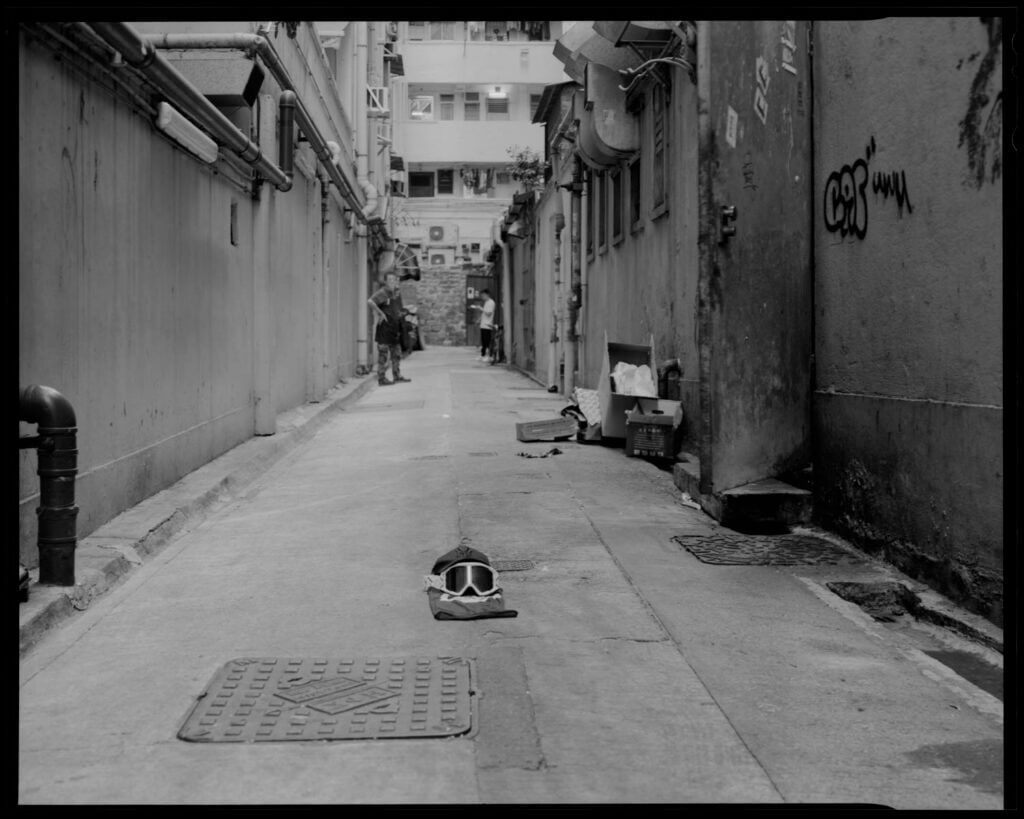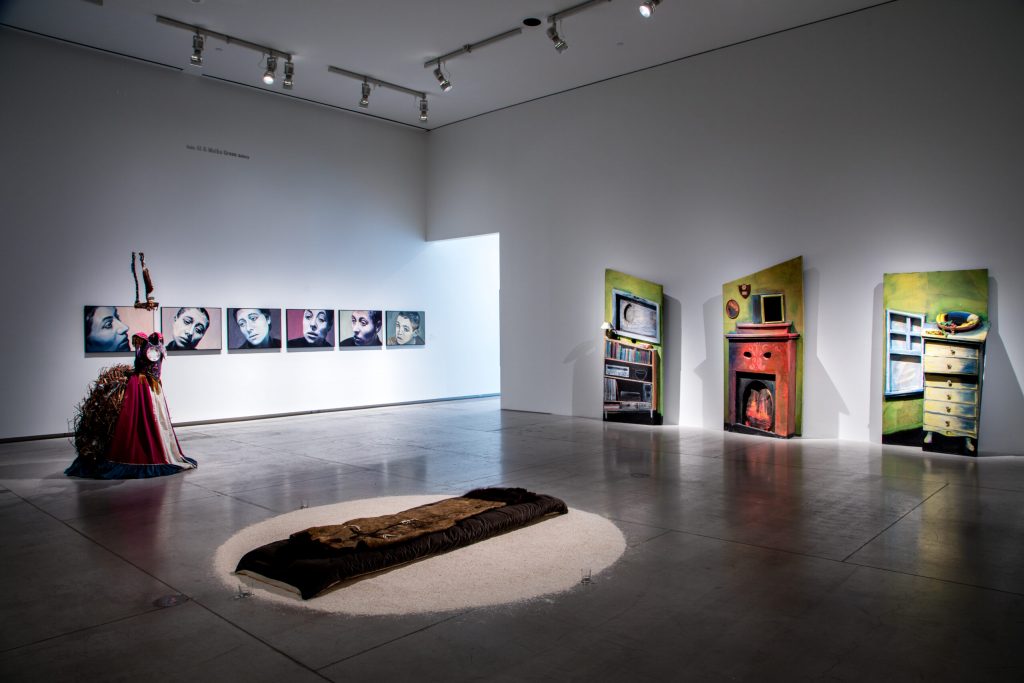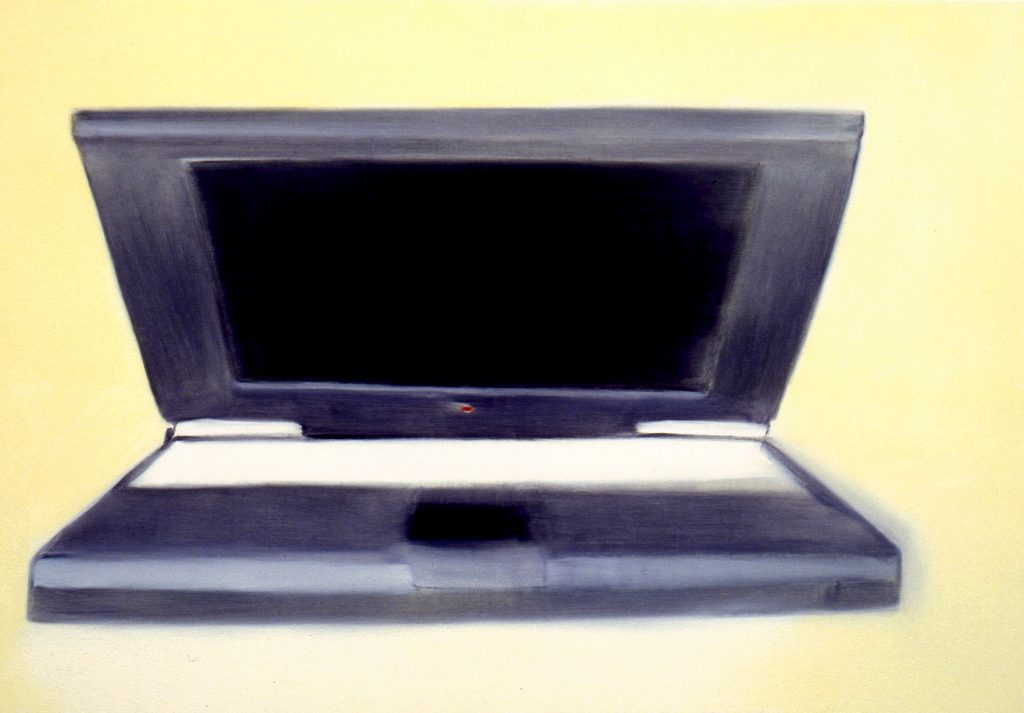Exploration/Excavation: An Interview with Shaan Syed
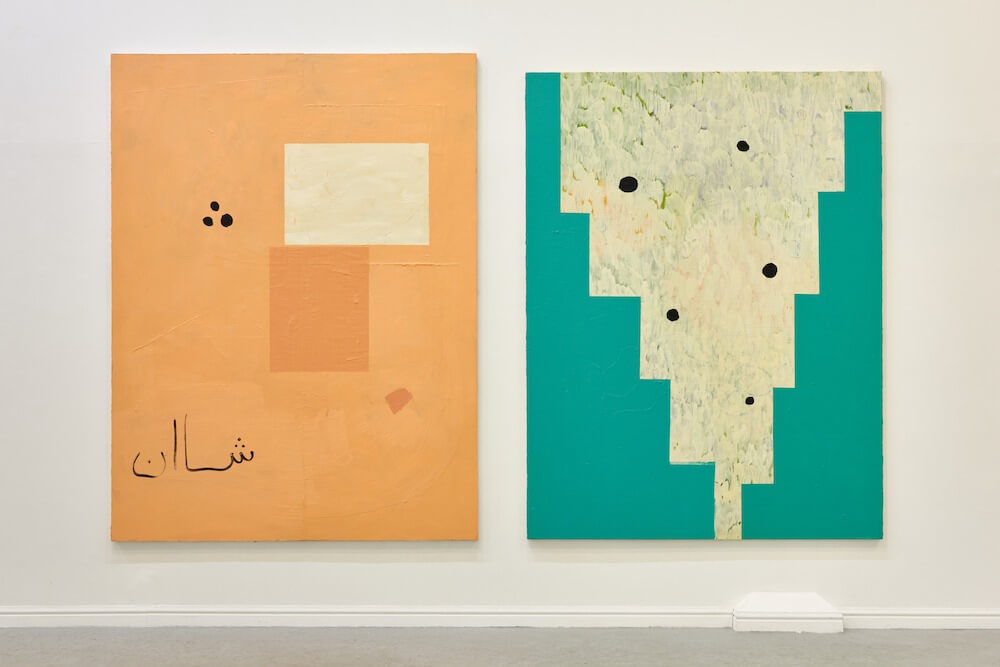
The words “FRUIT”, “MILK”, “SHADE” don’t immediately spark associations with wilful protest. Then again, when waiting for a shipment of paintings for an art fair booth that hasn’t arrived on time, those words make perfect sense for a defiant, makeshift “bed-in” (a la John Lennon and Yoko Ono, circa 1969). Text and spontaneous production are both qualities that underpin the practice of London-based visual artist Shaan Syed. Born in Montreal, he holds a diploma in Fine Arts from OCAD (Toronto) and a Masters in Fine Arts from Goldsmiths College, London. His solo exhibitions include I & I at the Kunsthalle Winterthur (Switzerland), Licking Forward Tangerine at noshowspace (London), and CAPITAL! at Michael Janssen Gallery (Berlin). He has received awards and scholarships from the Pollock-Krasner Foundation, the Elephant Trust UK, Arts Council England, the Canada Council for the Arts, and Jerwood Contemporary Painters UK. Just two months ago, I met Syed in London, face to face, for the first time.
I first saw your work at Ana Cristea’s booth at the UNTITLED Art Fair in Miami in 2014. And here we are, finally meeting five years later! You staged a kind of makeshift protest within the booth, itself. How did that come about?
The fair booth was supposed to be a solo presentation of new paintings but as luck would have it, my paintings didn’t show up. They were being shipped from London where I live and apparently they got held back in US customs. I’d arrived several days before the fair opened in anticipation of doing the install, but each day leading up to the fair we were repeatedly getting the same message that they were being held back without reason and no-one could tell us when they were going to be released.
When it became apparent that we may not get the work to the booth in time for the fair opening days, I realised that the possibility of having an empty booth was becoming increasingly probable. I began to think of how I could use the empty booth to do something else – to somehow highlight the absence of the work. I kept thinking of John Lennon and Yoko Ono’s bed-in from 1969, where they holed themselves up in a hotel in Montreal, dressed all in white, with hand-made signs in protest of the Vietnam war and invited people to come and talk with them about peace. They were supposed to do it in New York but John got held back because of his marijuana conviction and so they chose to do it in Montreal, instead. So, I decided to use their performance as a kind of template for my own bed-in.

EGGS BACON BEANS CHIPS BURGER (2014)
Acrylic on paper
37 x 26 in.
Produced onsite at UNTITLED Art Fair, Miami Beach, Ana Cristea Gallery, 2014

FRUIT MILK SHADE (2014)
Acrylic on paper
37 x 26 in.
Produced onsite at UNTITLED Art Fair, Miami Beach, Ana Cristea Gallery, 2014
Ana and I smuggled out our hotel bed sheets and created a make-shift bed in the booth. We already had a stack of text posters there that I’d made from a show with her the year before and so we spread those around on the floor. They contained words and phrases such as “Fruit Milk Shade”, “Sport Leisure War” or “Eggs Bacon Beans Chips Burger”. The set up was such that I’d stay there, in bed amongst these signs, inviting people to come and sit with me if they felt like it, until my paintings arrived. They finally did on the third day of the fair, which is when the bed-in ended and we hung the work that was meant to be there all along. We never found out why the paintings got held back.
The nature of protest and vocalizing displeasures has, in the age of “Fashion Fascism” (I like to say), been subsumed into the noise of political jockeying and strong-arming now. Now, the nature of your works in the booth has shifted. Or have they?
With protest, I’m most interested in its’ DIY nature – the handmade and the phrasing of signs and language. I consider paintings as signs – so there’s an overlap there. In recent years especially with more and more people protesting, we’re seeing some pretty creative signs – so many of them are made with a kind of celebration of failure- with found pieces of cardboard, with text that doesn’t quite fit, with old bits of found sticks…it’s almost as if they are wilfully made to say this was made by an individual – unprofessionalised, slightly abject, but celebrating the nature of doing it in an unmediated way.
The last couple shows I had, I experimented with other media in conjunction with painting. At my show at Kunsthalle Winterthur, I showed a sound piece that involved two voices announcing a list of alphabetical words back to each other in bastardised English and German. It had to do with a back and forth, or reciprocal relationship that exists in painting between subject and object, painter and painting. I’ve taken this theme of reciprocity further in my new work using the motif of the staircase of a minaret.
It’s at once just a staircase but the titles define them as Minarets. The motif of the staircase allows me to divide the canvas in several ways, creating a literal back and forth that has to be somehow negotiated.
How do the words “excavation” and “recovery” apply to your practice?
The idea that in painting you add material to a surface in order to discover something- to reveal something – is a contradiction that I think is fascinating. I’ve discovered that I like to play with this contradiction through building up surfaces or scraping them away, eventually using the textures that result from the layering of previous dried surfaces as part of the actual finished work. They betray a process of loss and discovery that speaks to me of a kind of reverse excavation.

A Phonetic Understanding of Words and Images (Shaan with Two A’s), 2016
Oil and polyfilla on canvas, 240 x 185 cm
and
Double Minaret (Turquoise), 2017
Oil on canvas, 230 x 174 cm
Installation at Thames-Side Studios as part of The Inhuman/Difficult Transition, curated by Andrea Medjesi-Jones, May 2019
Photo credit: Jonathan Bassett
Your most recent work shown at Thames-Side Studios in London is a set of “failed” paintings. What does failure mean?
I wouldn’t necessarily call them failed paintings as such, but the final “moves” or gestures are the result of the accumulation of several “failures” on top of each other. The textures of those failed works are present, but they become something other than failures once I’ve figured out how to use them.
There’s a textual thread that runs through your work. In this mode, which artists have you looked at in the past as reference points to utlizing text as or in visual art?
Of course you can’t really get away from Christopher Wool with text and painting – or Ed Ruscha. But I also love Dana Frankfort’s work and Josh Smith’s signature paintings. The reference points for my own text works come from signs I see, amalgamations of words I hear, or from phrases that I might have said unwittingly when I used to do psychoanalysis. I’m looking for a rhythm in the syllables as in a mantra, or a twist of meaning.

Triple Minaret (with Sewn Divides), 2017
Acrylic and linseed oil on sewn raw canvas
86 x 130 in
Courtesy of the artist and Parisian Laundry, Montreal
Photo credit: Guy L’Heureux
What’s next for you and where can we see more of you!
I’ve just opened a solo show at Parisian Laundry in Montreal – showing a group of large paintings that I made on a residency at Bemis Center for Contemporary Arts in Omaha. The paintings are all based on a photograph of the minaret of the Great Mosque of Samara in Iraq.

